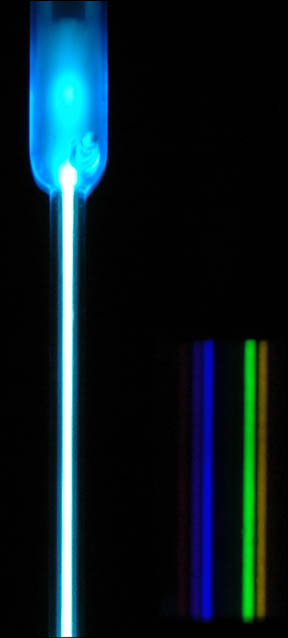Objective:
Explore the relativity concepts of time and length dilation using active physics simulations.
Part I: Time
1) How does the distance traveled by the light pulse on the moving light clock compare to
the distance traveled by the light pulse on the stationary light clock?
the distance traveled by light on the moving clock was greater than that of the stationary clock
2) Given that the speed of the light pulse is independent of the speed of the light clock,
how does the time interval for the light pulse to travel to the top mirror and back
on the moving light clock compare to on the stationary light clock?
the time interval is longer on the moving clock
3) Imagine yourself riding on the light clock. In your frame of reference, does the light pulse travel
a larger distance when the clock is moving, and hence require a larger time interval to complete a single round trip?
no, the light appears to travel the same distance
4) Will the
difference in light pulse travel time between the earth's timers and the light clock's timers
increase, decrease, or stay the same as the velocity of the light clock is decreased?
the difference in light pulse travel time will decrease
5) Using the time dilation formula, predict how long it will take for the light pulse to travel
back and forth between mirrors, as measured by an earth-bound observer, when the light clock
has a Lorentz factor (
γ) of 1.2.
t = (gamma)(t) = 1.2(1000)/(3*10^8) = 4*10^-6 sec
6) If the time interval between departure and return of the light pulse is measured
to be 7.45 µs by an earth-bound observer, what is the Lorentz factor of the light clock as it moves relative to the earth?
gamma = t1/t2 = 7.45/3.333 = 2.235
Part II: Length
1) Imagine riding on the left end of the light clock. A pulse of light
departs the left end,
travels to the right end, reflects, and returns to the left end of the
light clock.
Does your measurement of this round-trip time interval depend on whether
the light clock is moving or stationary relative to the earth?
this measurement does not depend on the movement of the clock
2) Will the round-trip time interval for the light pulse as measured on the
earth be longer, shorter, or the same as the time interval measured on
the light clock?
longer
3) You have probably noticed that the length of the moving light clock is smaller than the length of the stationary light clock.
Could the round-trip time interval as measured on the earth be equal to the product of the
Lorentz factor and the proper time interval if the moving light clock were the same size as the stationary light clock?
yes
4) A light clock is 1000 m long when measured at rest. How long would
earth-bound observer's measure the clock to be if it had a Lorentz
factor of 1.3 relative to the earth?
1000/1.3 = 769 m




































